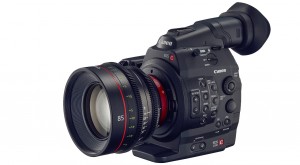As of 2012, around 60% of all cinema screens worldwide have been converted from film to digital projectors. Over half of those digital screens are outfitted with stereoscopic (3D) projectors. By 2015, it is expected that almost every cinema screen will be digital and that film projection will all but die out.
Digital cinema is a lot more than just a digital projector, however — the film industry, as I’m sure you’re aware, is a multi-billion-dollar behemoth, and digital cinema is probably the biggest shake-up since the advent of 35mm film itself. There’s a whole framework behind digital cinema, from filming, to digitization, to distribution and projection, with some seriously cool tech along the way — which, of course, we’re going to dig into.
Digital intermediate
The irony of using film cameras, though, is that they’re all scanned into a digital intermediate anyway. Almost every big film of the 2000s was converted from film to a 2K (~2048×1080) digital intermediate — so even if you think that film has a higher resolution than 2K, or if the grain is somehow more attractive than pixels, tough luck. If the film is shot with a digital camera, then this scanning stage (which is quite expensive) can be skipped.
Once you have a digital intermediate, talented artists take care of the editing, color grading, and CGI (computer generated imagery).


Leave a Reply